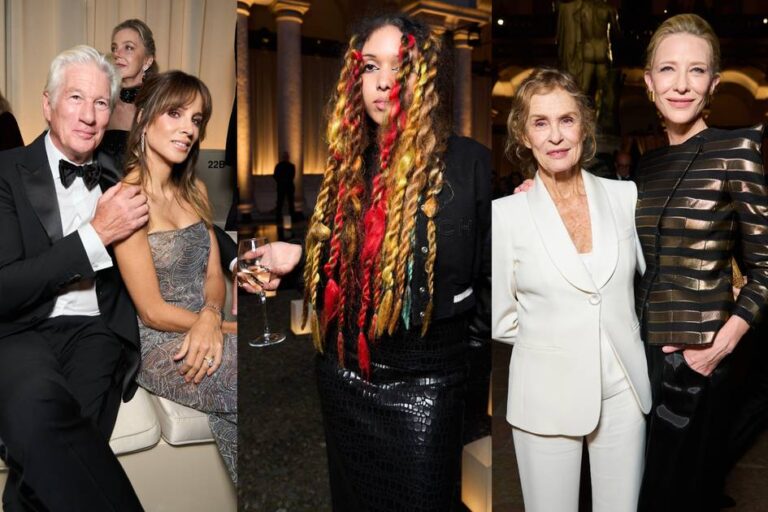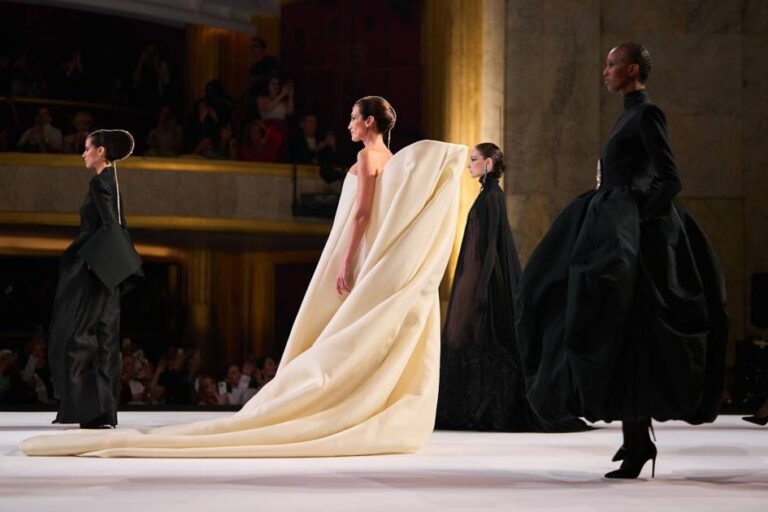Exploring the Dual Roles of Federico Antelo Granero: Artist and Educator
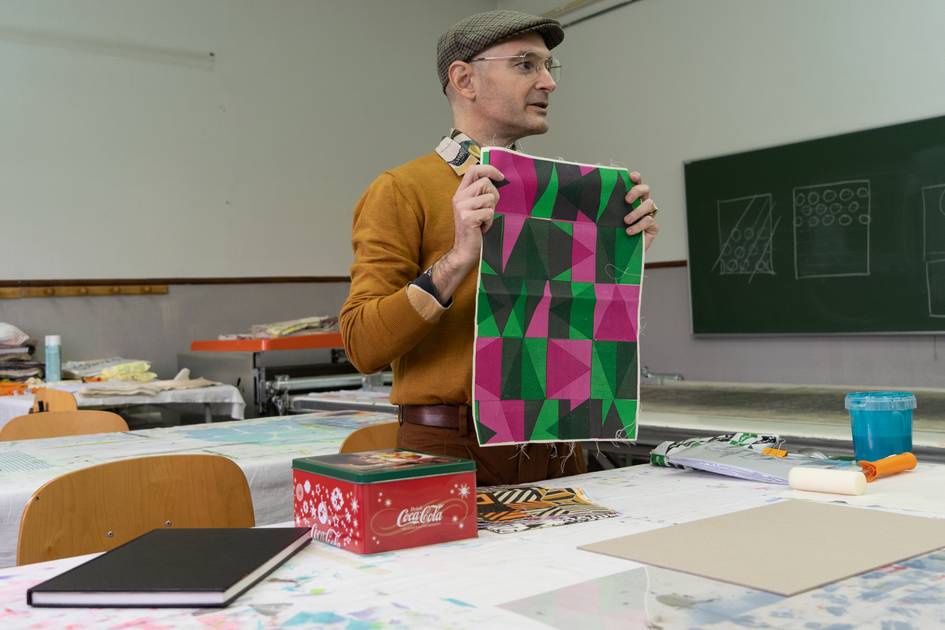
What transpires when the emphasis on the creative process takes center stage in design education? Federico Antelo Granero, a visual artist and textile designer currently leading the fashion school at the Istituto Europeo di Design (IED) in Madrid, shares insights from his own educational practice. With a background in Fine Arts and experience in the fashion sector, Antelo blends artistic endeavors with a teaching philosophy that champions self-reflection, exploration, and independence among students.
This dialogue is part of the series “And, They Also Teach…” published by FashionUnited, where we connect with fashion experts who simultaneously teach at renowned design institutions. In his conversation, Antelo Granero discusses the importance of encouraging creativity without imposing personal biases, the influence of artificial intelligence, persistent misconceptions in fashion education, and the necessity of expanding career paths beyond conventional trajectories.
What is the most challenging aspect of teaching while also working as an active professional?
The greatest challenge lies in ensuring that my personal aesthetics, tastes, and interests do not sway my teaching. Students often comment, “You must admire this artist’s work since it resembles yours,” but that’s typically not true. My interests frequently diverge from my usual style, and I strive to ensure my preferences do not influence my evaluation of students’ work.
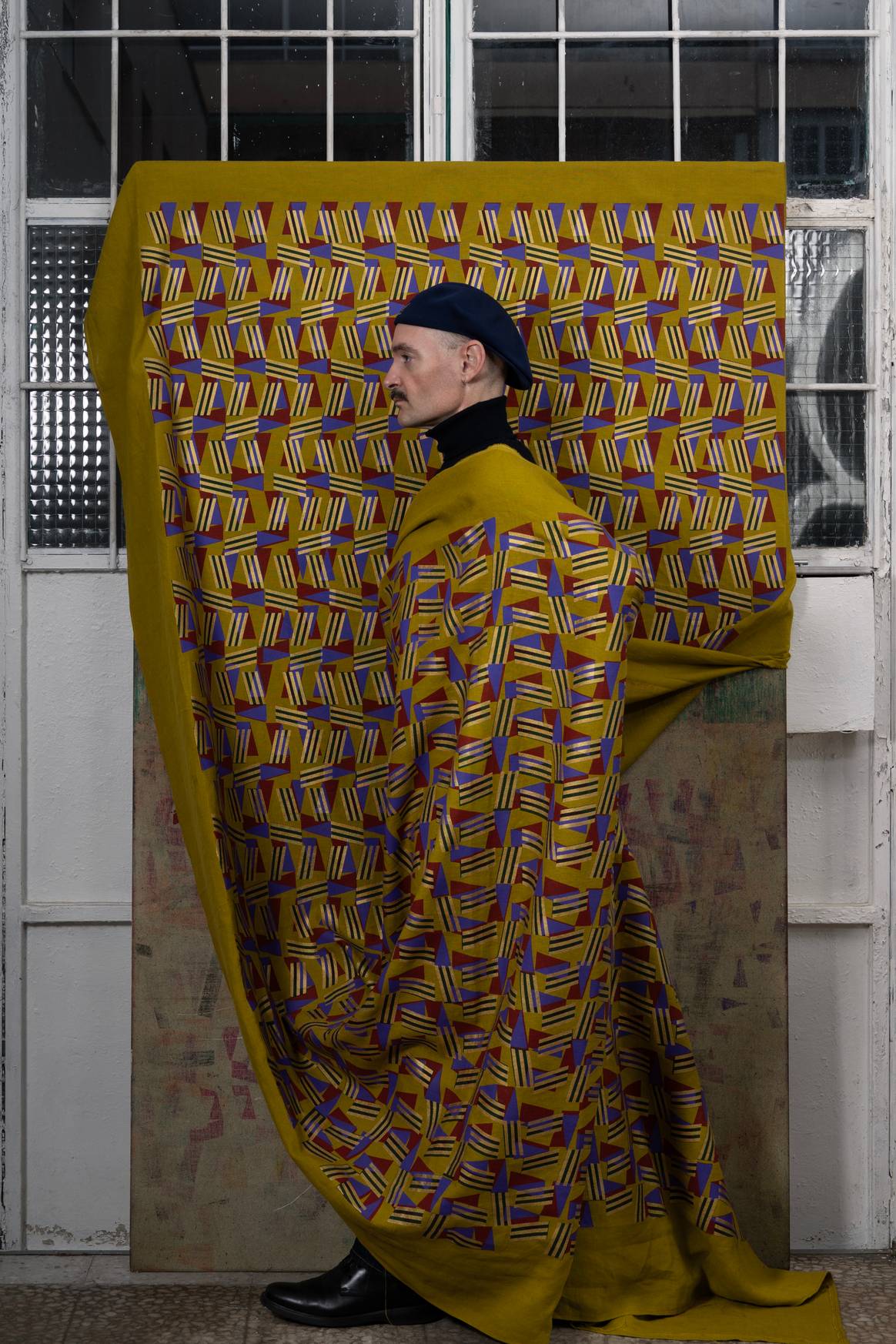
In your opinion, is fashion education preparing students to succeed or just to survive?
This might be influenced by our specific approach, but I’d argue it’s neither. Here at IED, we focus on empowering students to realize their individual projects and passions. Our student body is quite diverse; some aspire to work with major fast fashion corporates or luxury brands, while others lean towards artistic endeavors or unique creations. There are also those dedicated to sustainability or safeguarding traditional techniques—a crucial aspect of Spain’s rich cultural heritage.
For us, success is defined by the creation and development of a project—not by its economic or commercial outcomes.
What should fashion education unlearn?
Fashion education needs to shed the notion that there’s only one path, such as taking a corporate job or launching a brand, which typically necessitates large investments. We must recognize the myriad alternative models available. It’s essential to unlearn the belief that fashion must be associated with fast-paced cycles and disposability. This mindset is linked to the culture of fast fashion. By changing that perspective, we can promote fashion consumption that aligns with innovative projects. This is why I prefer discussing “garment design” over “fashion,” as the term “fashion” often implies quick obsolescence, while “garment” focuses on longevity.
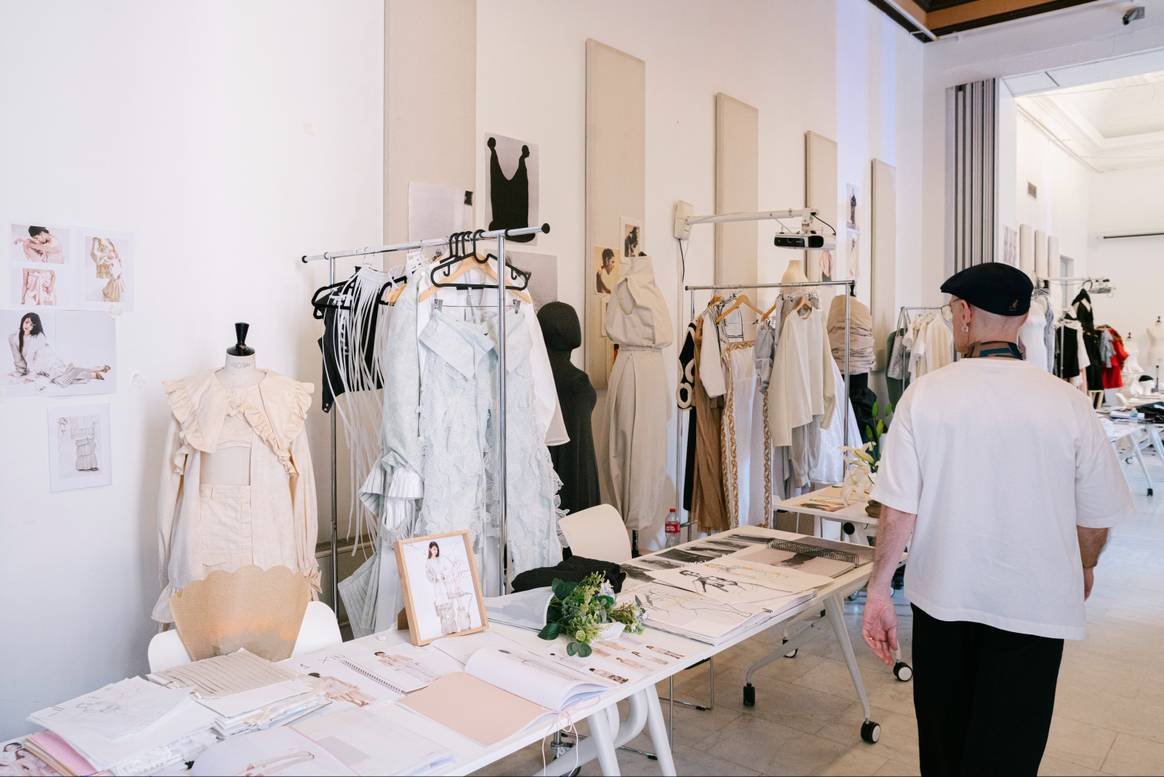
How do you help students find their own voice in such a saturated market?
In my class, we engage in hybridization exercises that merge garment design with other disciplines such as architecture or furniture design. I encourage students to envision garments that emerge from these combinations. By avoiding standard typologies, we open up new avenues for creativity and innovation.
We also explore color through exercises aimed at discovering unusual combinations, which enables students to cultivate their own unique design language.
Do you think artificial intelligence could ever fully replace human participation in fashion education?
No, I don’t think that’s possible. I recall my first encounter with AI-generated images—though remarkable at first glance, they lose their intrigue quickly. My belief is that AI will serve as another tool in the design toolkit, but it won’t substitute for the educational process.
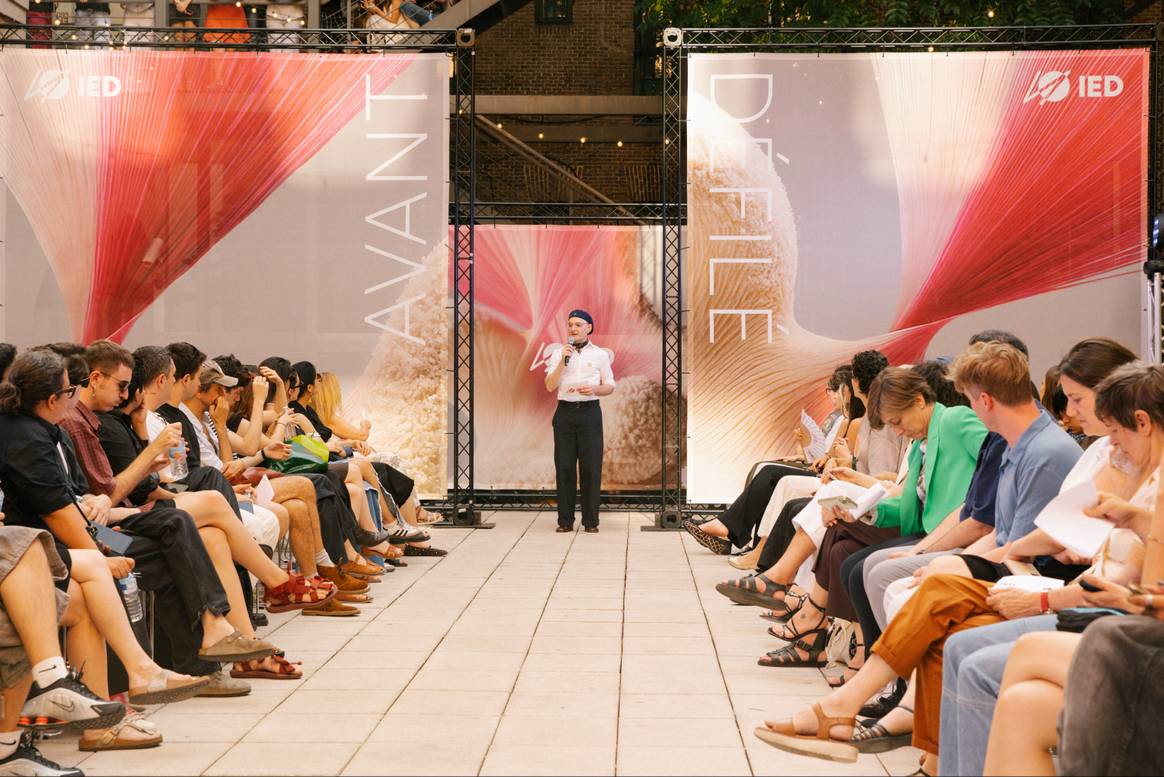
Are there any fashion-world myths you try to dismantle in your classes?
Absolutely all of them. I maintain that every “truth” should be scrutinized, especially while students are still in an educational environment. This is the time to challenge everything.
For instance, the idea that certain colors should only be worn in particular seasons is a fallacy. While there may be logical reasons associated with materials, industry norms concerning specific colors or styles for specific seasons are myths worth challenging.
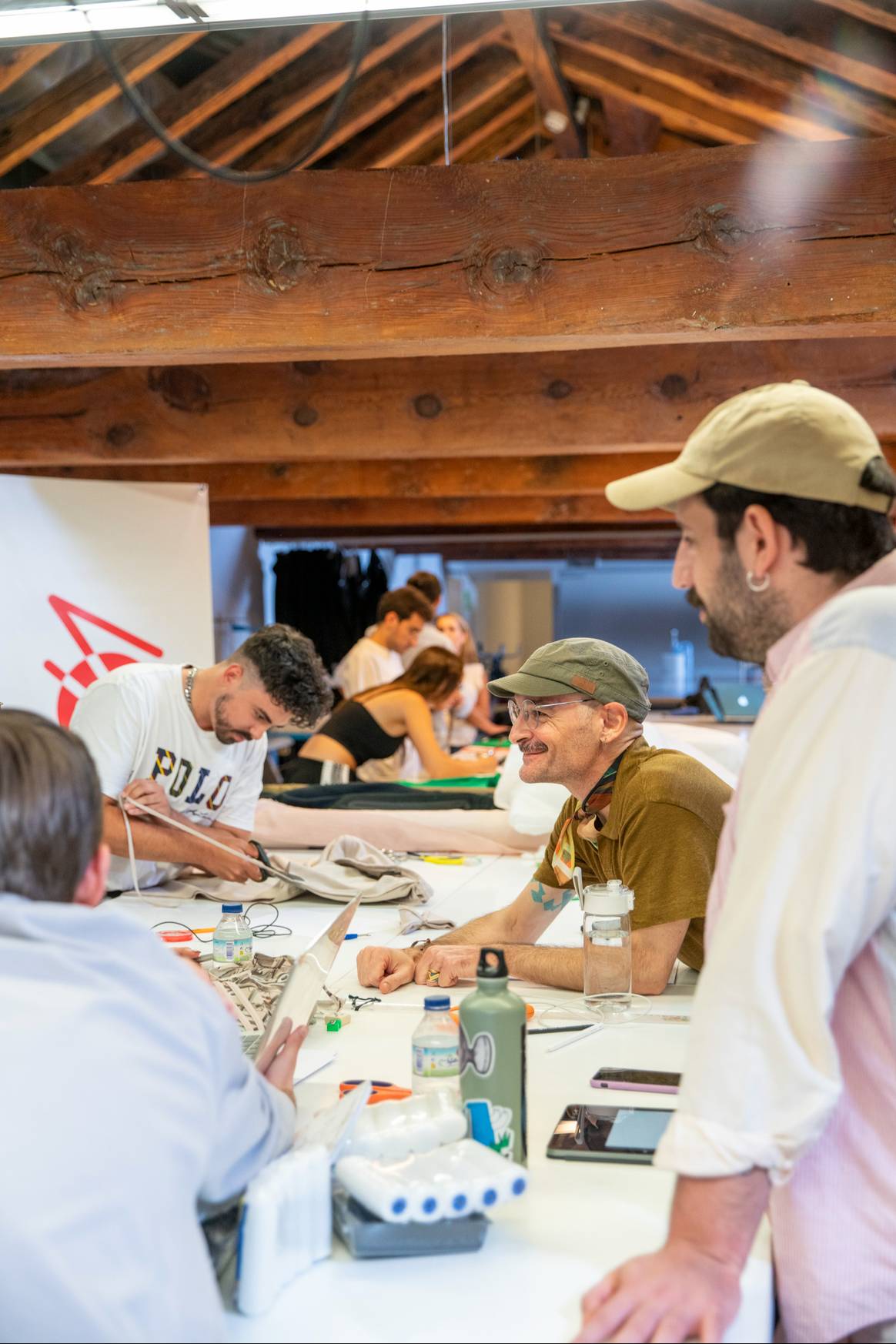
If your students could only remember one phrase or moment from your class ten years from now, what would you want it to be?
I hope they would remember the term “process.” My mantra is that the journey is more significant than the outcome. In my class, Creative Process Applied to Collection Design, I begin with a comprehensive explanation of our workflow, only to encourage breaking from that framework later.
Often, after the first session, some students approach me excited about already knowing their end goal. I remind them, “That’s not what we’ll focus on.” I want them to embrace the uncertainty until it’s time to deliver their work. Managing this anxiety is also a crucial part of the process.
Ultimately, the process is what counts. Even if the final product isn’t perfect due to material limitations or structural issues, it’s acceptable as long as we document the journey. That, to me, encapsulates the essence of design education.
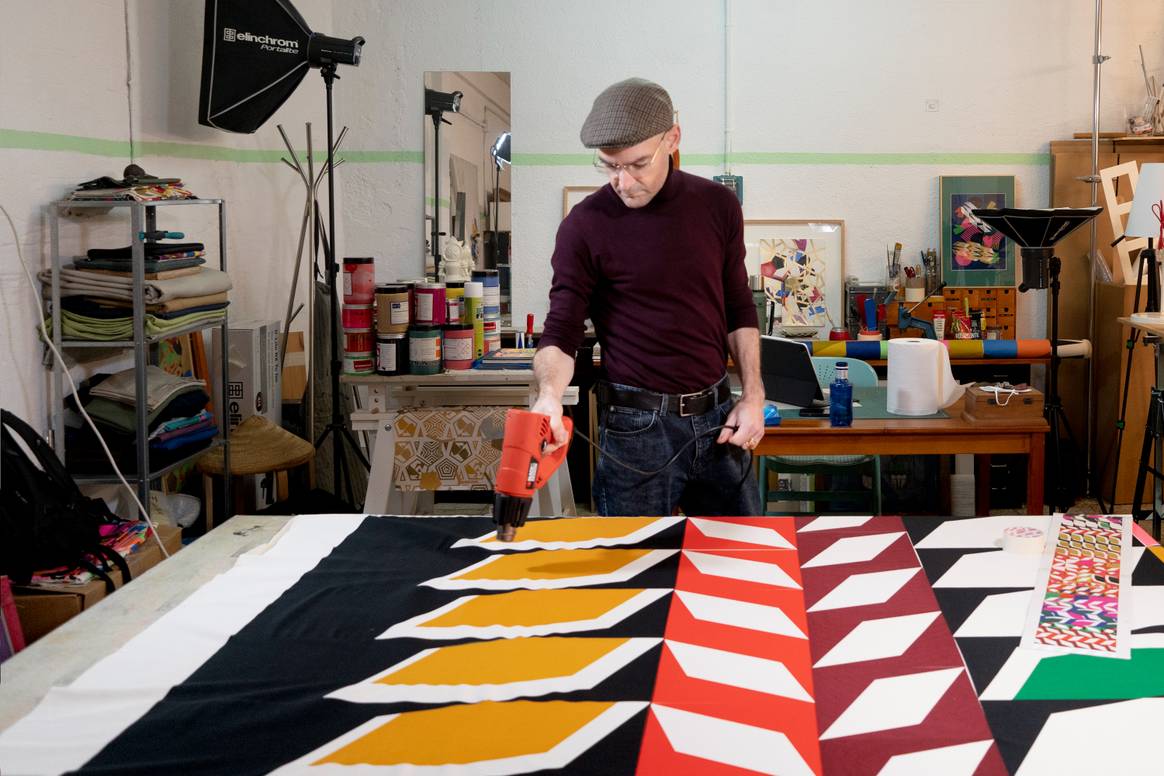
- Born in Buenos Aires, Argentina. Federico studied Painting at the Prilidiano Pueyrredón National School of Fine Arts.
- Late 1990s: He began teaching when invited by artist Carolina Antoniadis to the Fashion and Textile Design program at the University of Buenos Aires, a relatively new discipline in Argentina.
- 2001: He relocated to Spain, working as a designer and buyer for fashion and accessory brands. His travels across Asia enriched his understanding of industrial and artisanal processes, including screen printing.
- Since 2015: Federico established his studio in Spain and became a Professor at the Istituto Europeo di Design (IED) in Madrid, currently serving as the director of the fashion school.
- His inspirations include filmmakers such as Pedro Almodóvar, Peter Greenaway, Akira Kurosawa, and Studio Ghibli, alongside designers like Dries Van Noten, John Galliano, and Martin Margiela.
- In terms of clothing preferences, he is drawn to “winter universe” fashion, favoring layering, volume, and structured fabrics.
Would you consider engaging in a design education approach that emphasizes creative exploration and self-discovery?
